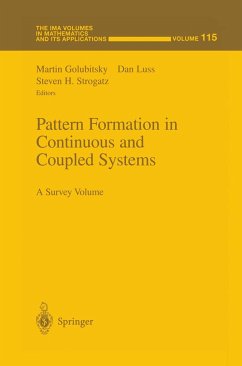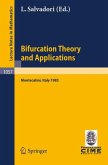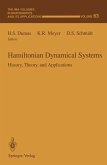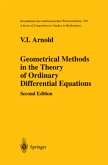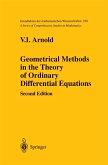Pell's equation is an important topic of algebraic number theory that involves quadratic forms and the structure of rings of integers in algebraic number fields. The history of this equation is long and circuitous, and involved a number of different approaches before a definitive theory was found. There were partial patterns and quite effective methods of finding solutions, but a complete theory did not emerge until the end of the eighteenth century. The topic is motivated and developed through sections of exercises which allow the student to recreate known theory and provide a focus for their algebraic practice. There are also several explorations that encourage the reader to embark on their own research. Some of these are numerical and often require the use of a calculator or computer. Others introduce relevant theory that can be followed up on elsewhere, or suggest problems that the reader may wish to pursue. A high school background in mathematics is all that is needed to get into this book, and teachers and others interested in mathematics who do not have a background in advanced mathematics may find that it is a suitable vehicle for keeping up an independent interest in the subject. Edward Barbeau is Professor of Mathematics at the University of Toronto. He has published a number of books directed to students of mathematics and their teachers, including Polynomials (Springer 1989), Power Play (MAA 1997), Fallacies, Flaws and Flimflam (MAA 1999) and After Math (Wall & Emerson, Toronto 1995).
This IMA Volume in Mathematics and its Applications PATTERN FORMATION IN CONTINUOUS AND COUPLED SYSTEMS is based on the proceedings of a workshop with the same title, but goes be yond the proceedings by presenting a series of mini-review articles that sur vey, and provide an introduction to, interesting problems in the field. The workshop was an integral part of the 1997-98 IMA program on "EMERG ING APPLICATIONS OF DYNAMICAL SYSTEMS." I would like to thank Martin Golubitsky, University of Houston (Math ematics) Dan Luss, University of Houston (Chemical Engineering), and Steven H. Strogatz, Cornell University (Theoretical and Applied Mechan ics) for their excellent work as organizers of the meeting and for editing the proceedings. I also take this opportunity to thank the National Science Foundation (NSF), and the Army Research Office (ARO), whose financial support made the workshop possible. Willard Miller, Jr., Professor and Director v PREFACE Pattern formation has been studied intensively for most of this cen tury by both experimentalists and theoreticians, and there have been many workshops and conferences devoted to the subject. In the IMA workshop on Pattern Formation in Continuous and Coupled Systems held May 11-15, 1998 we attempted to focus on new directions in the patterns literature.
This IMA Volume in Mathematics and its Applications PATTERN FORMATION IN CONTINUOUS AND COUPLED SYSTEMS is based on the proceedings of a workshop with the same title, but goes be yond the proceedings by presenting a series of mini-review articles that sur vey, and provide an introduction to, interesting problems in the field. The workshop was an integral part of the 1997-98 IMA program on "EMERG ING APPLICATIONS OF DYNAMICAL SYSTEMS." I would like to thank Martin Golubitsky, University of Houston (Math ematics) Dan Luss, University of Houston (Chemical Engineering), and Steven H. Strogatz, Cornell University (Theoretical and Applied Mechan ics) for their excellent work as organizers of the meeting and for editing the proceedings. I also take this opportunity to thank the National Science Foundation (NSF), and the Army Research Office (ARO), whose financial support made the workshop possible. Willard Miller, Jr., Professor and Director v PREFACE Pattern formation has been studied intensively for most of this cen tury by both experimentalists and theoreticians, and there have been many workshops and conferences devoted to the subject. In the IMA workshop on Pattern Formation in Continuous and Coupled Systems held May 11-15, 1998 we attempted to focus on new directions in the patterns literature.

